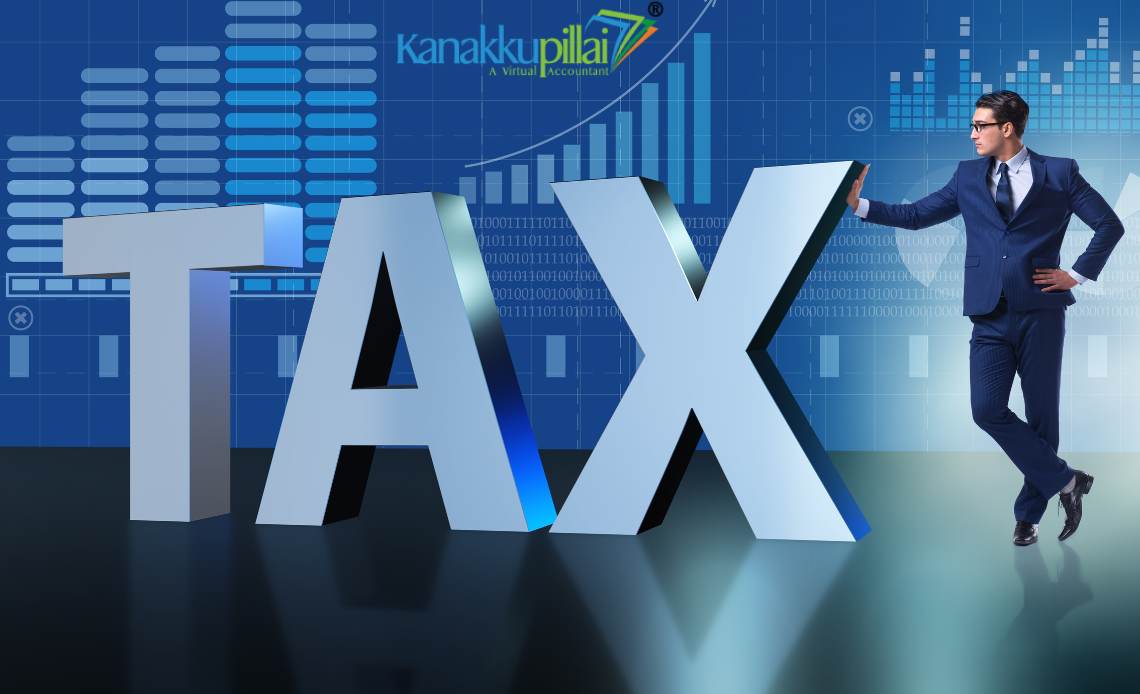A company is a domestic company in India if it is registered under the Companies Act and it has its control and management in India. The tax rates prescribed for domestic companies depend on turnover, the tax regime opted for, and the nature of the business activity.
This blog sets out the existing rates of tax for domestic companies, the optional tax regimes provided in the past few years, conditions for concessional rates, and important compliance aspects that every company should note.
Introduction
The tax landscape is important to contemplate when making informed business decisions. Understanding the tax rate for domestic companies in India matters for a company not only to compute overall tax liability, but also for making decisions regarding future investment, distribution, and compliance costs.
Over the last few years, the Government of India has revised corporate tax rates significantly, offering options for reduced rates under special regimes (like Section 115BAA and 115BAB) as part of its push to promote manufacturing and make India a more attractive business destination.
Who is Considered a Domestic Company?
A domestic company is defined as –
- A company that is incorporated under the Companies Act, 2013 (or earlier Companies Acts)
- A foreign company that has made arrangements for the control and management of its affairs, wholly situated in India (rare cases)
Domestic companies are taxed on their global income, whereas foreign companies are taxed only on income sourced in India.
Normal Tax Rates for Domestic Companies
As of AY 2024-25 (FY 2023-24), the standard tax rates for domestic companies are –
| Category | Tax Rate |
| Domestic company with turnover up to Rs 400 crore | 25% |
| Other domestic companies | 30% |
Surcharge applicable –
- 7% if total income > Rs 1 crore but ≤ Rs 10 crore
- 12% if total income > Rs 10 crore
Health and education cess – 4% on tax + surcharge
Optional Tax Regimes for Domestic Companies
To boost economic activity and reduce compliance burdens, the government introduced concessional tax regimes under –
1. Section 115BAA – Reduced tax rate for all domestic companies
- Tax rate – 22% (effective tax ~25.17% after surcharge and cess)
- Conditions –
- No claim for deductions under various sections (e.g., 10AA, 35AD, 80-IA, 80-IB)
- No set-off of carried forward losses linked to these deductions
- Depreciation as per prescribed rates only
- Surcharge – 10% (regardless of income level) + 4% cess
Suitable for companies that do not want to claim incentives or additional deductions.
2. Section 115BAB – For new manufacturing domestic companies
- Tax rate – 15% (effective tax ~17.16% after surcharge and cess)
- Applicable for – Companies incorporated on or after 1 October 2019 and starting manufacturing by 31 March 2024
- Conditions – Similar to 115BAA – No deductions, no additional depreciation, no MAT
A company should not be formed by splitting up/reconstructing an existing business
This is aimed at promoting fresh investments in manufacturing.
Comparison of Tax Options for Domestic Companies
| Tax Regime | Base Rate | Effective Rate (with surcharge & cess) | Eligibility |
| Normal Rate (up to Rs 400 crore turnover) | 25% | ~26% to 27% | Domestic companies meeting the turnover criteria |
| Normal Rate (others) | 30% | ~31% to 34% | Domestic companies exceeding Rs 400 crore turnover |
| 115BAA | 22% | ~25.17% | Any domestic company (voluntary) |
| 115BAB | 15% | ~17.16% | New manufacturing companies (incorporated on/ after 1 Oct 2019) |
MAT (Minimum Alternate Tax) Applicability
- Normal regime – MAT at 15% (plus surcharge and cess) applies if book profits are higher than computed income.
- 115BAA and 115BAB – MAT provisions do not apply. This simplifies tax compliance and accounting.
How to Opt for the Lower Tax Rates
To opt for Section 115BAA or 115BAB –
- The company must file Form 10-IC (for 115BAA) or Form 10-ID (for 115BAB) before the due date of filing the income tax return (ITR) under Section 139(1).
- Once chosen, the option cannot be withdrawn in later years.
It is important to evaluate long-term tax implications before making this choice, as it affects the availability of deductions and set-offs.
Key Deductions and Exemptions Disallowed Under 115BAA/115BAB
Companies opting for the concessional regimes cannot claim –
- Additional depreciation under Section 32(1)(iia)
- Deductions under Sections 10AA, 35AD, 80-IA, 80-IB, 80-IC, etc.
- Weighted deduction on R&D under Section 35(2AB)
- Set-off of losses carried forward linked to the disallowed deductions
Points to Keep in Mind
- Once you opt for 115BAA or 115BAB, you cannot switch back to the normal rates.
- Always do a cost-benefit analysis of giving up deductions vs. paying a lower rate.
- Filing the relevant form on time is crucial to avail of the concessional tax rates.
- The effective tax rate is influenced by surcharge and cess, so plan accordingly.
Conclusion
India offers domestic companies flexibility in choosing between the normal tax regime and concessional tax regimes like Section 115BAA and 115BAB. The best choice depends on your company’s profit levels, whether you claim deductions or incentives, and long-term financial strategy.
Companies can better understand the value of options available to them for planning, reduce their tax outflow, and stay on the right side of the law by recognizing the appropriate tax rates and conditions associated with the available options. Before making any decision that would impact a company’s future tax liability, it is always best to consult with a tax advisor.
References
The Income-Tax Act, 1961 (Act No. 43 of 1961)
The Income Tax Rules, 1962
The Companies Act, 2013 (Act No. 18 of 2013)
https://www.mca.gov.in/





